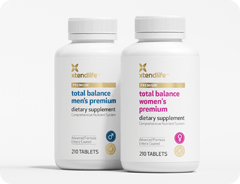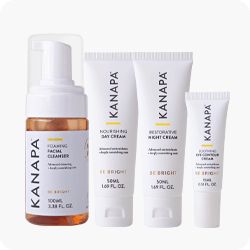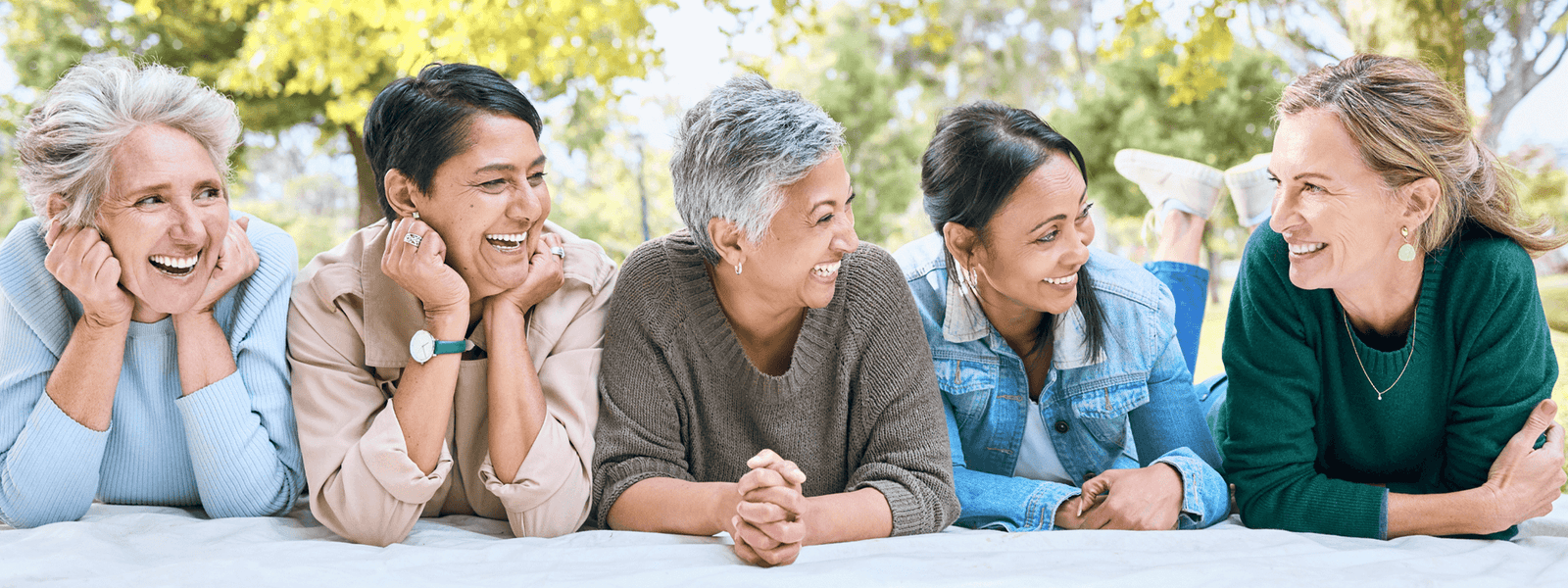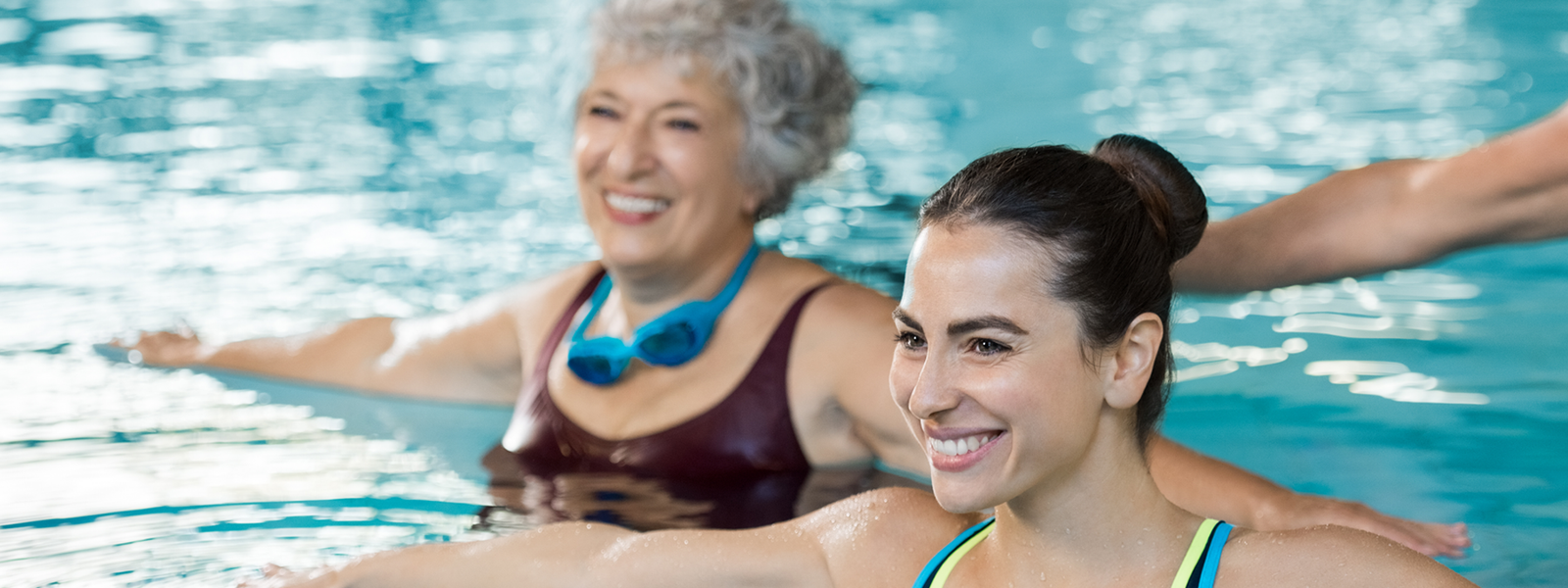By: Summer Huxtable
One of the biggest concerns to do with our appearance is the health of our hair. Hair loss is certainly something we all fear and it can be a bit of a hairy topic! Some (very lucky) people have a head full of healthy, shiny hair, while others may have damaged and unhealthy hair and are losing it.
The correct medical term for hair loss is alopecia which can affect the scalp and other parts of the body. This may be due to hair shedding, baldness or hair thinning. This is a condition which can affect one’s appearance, self-confidence, emotional and mental well-being and when it occurs, it is totally unwelcome (in most cases anyway).
What is hair made up of?
Hair is a thread-like structure that grows from a follicle within the skin. The hair is mainly formed of keratin which is a fibrous protein that forms the main structure of the hair, skin and nails. A single hair structure contains three main parts to it including the cuticle, medulla and cortex, all of which are formed by keratin. Keratin is composed of keratins, 18 amino acids, lipids, water, trace elements and pigments. Keratin helps to protect the hair cells from damage and stress and keeps the hair growing in a healthy and strong condition.
Did you know that the amount of hairs on your head can vary from 90,000 to 150,000 depending on your hair color? Mind blowing!
Causes of hair loss
There are many factors which may contribute to hair loss including, pregnancy, hormonal changes and imbalances, medical conditions, scalp infections, skin disorders and certain hairstyles and treatments. Other factors may include poor nutrition, if there is a family history of hair loss, physical or emotional shock such as weight loss, surgery, or a stressful event such as a death.
Hair Loss in Men

According to the American Hair Loss Association, by the age of 35 years, approximately two-thirds of American men will experience some degree of noticeable hair loss and by the age of 50 years approximately 85% of men will experience hair thinning! That is a lot of hair. The most common form of hair loss in men includes androgenic alopecia or male pattern baldness (MPB). As you have previously read above, there are many factors that may cause hair loss. However in males, hair loss is commonly put down to genetics. If there is a family history of this, there is a much higher risk of experiencing this condition.
Hair loss in Women
It is commonly misunderstood and believed that hair loss only happens to males, however this is incorrect. According to the American Hair Loss Association, female hair loss makes up approximately 40 per cent of hair loss in the US, in males and females combined. The most common form of this in women is female pattern hair loss (FPHL). This is when the hair begins to thin on top of the head due to shedding. Shedding is considered normal; however excessive shedding can lead to us clearing our hair brushes more often than we want to and can cause major confidence issues!
Did you know that the average person loses 50-100 hairs per day (and this is normal).
There are many common signs and symptoms that could signify hair loss in men and women, including:
Gradual thinning on top of the head. Males will notice this as the hairline begins to recede while females will notice a broadening in the hair part.
Circular or patches of bald spots. These are generally the size of a coin and will generally appear only on the scalp, however they can occur in the eyebrows and beard also.
Loosening of hair. This is what occurs after brushing or washing your hair and handfuls of hair may fall out. This causes overall hair thinning, however not baldness.
Full-body hair loss. This may be caused by some medical treatments, such as chemotherapy.
Patches or scaling on the scalp. This may be a sign of ring worm and can cause broken hair, redness and swelling.
Generally hair loss in males and females can suggest that there may be something else going on in the body such as a nutritional deficiency, a hormonal change or a condition (that is if there is no family history).
Take extra care of your hair and scalp health with these tips below!
1. Ditch the dry shampoo
It turns out that this convenient, easy on-the-go shower causes more damage to hair than first thought. A recent article aboutdry shampoo has shown that this can cause hair thinning and loss. Yikes!
2. Loosen that pony tail
Having your hair tied tightly can damage and cause the hair to break which can increase shedding.

3. Treat your hair and scalp with nature
Most hair treatments contain nasty chemicals which may cause damage to the hair and scalp which may impair hair growth and health. Try searching for natural treatment alternatives such as two eggs and olive oil to support hair health and growth. Also, allow your hair to naturally dry after washing or blow dry this on a cool setting to avoid unwanted damage.
4. Eat well
Ensure you consume a well-balanced diet and include protein-rich foods to support keratin production and hair growth such as, red meat, fish, chicken, eggs, milk, yogurt, beans, nuts and quinoa. Be sure to include biotin rich foods such as whole grains, cauliflower and mushrooms as well as sources of vitamin A such as pumpkin, sweet potato and carrots.
5. Stay hydrated
Aim to drink half a gallon of water per day at least, as this plays a huge part in the body functions including hair health, as keratin contains 10-20% water.
As well as including the above tips, you can include supplementation to support the health and growth of your hair and to ensure your body is getting everything it needs.
Skin–Support
Skin- Support is formulated to nourish both skin and hair. This contains two ingredients, marine collagen and elastin polypeptides called Collactive™ and New Zealand grape seed extract. Collagen is found within the hair follicles and fights away free radicals that can cause damage to the hair’s thickness and growth. Replenishing collagen is an essential step in nourishing your hair.
Total Balance
Total Balance is a complete nutrient system containing an array of high quality, bio-available ingredients to support overall health and wellbeing including hair health. Our Men’s and Women’s versions also contain gender specific support blends to assist in naturally balancing hormones.
Share your tips and tricks below about how you keep your hair healthy, as we would love to hear them!
------Summer grew up in Auckland, New Zealand and has a great passion for health, nutrition, writing and sharing her knowledge and experiences. Summer is currently studying to become a Nutritionist and enjoys trying different foods and recipes. In her spare time, she enjoys spending time with her fiancé, friends and family, going on spontaneous road trips and adventures and enjoying the beautiful scenery of the South Island.


 Supplements
Supplements Bundles
Bundles









